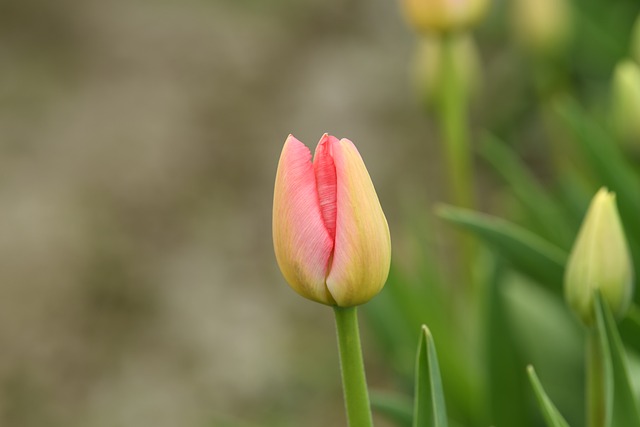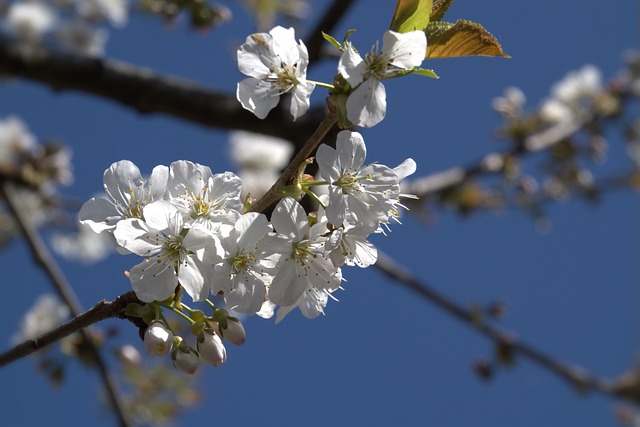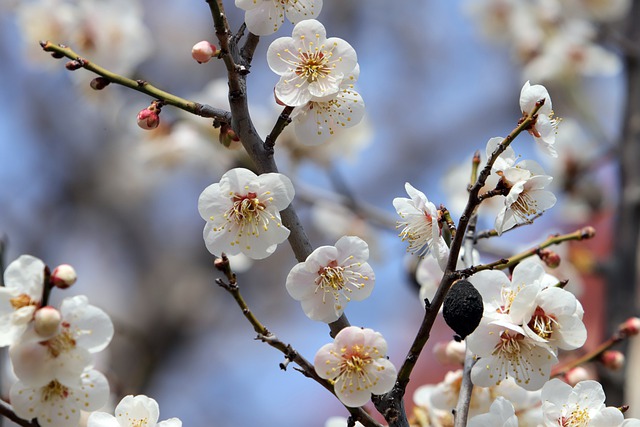wazamba ✔ Wazamba: A Celebration of Culture, Rhythm, and Community

Wazamba: A Celebration of Culture, Rhythm, and Communitywazamba
In the vibrant tapestry of cultural expressions, few forms resonate as deeply as Wazamba—a traditional dance and musical manifestation that encapsulates the essence of community, history, and passion. Originating from the heart of Brazil, Wazamba represents not just a dance; it is a powerful narrative woven from the threads of ancestral stories, social connections, and the indomitable spirit of a people determined to preserve their heritage.wazamba

Wazamba is characterized by its intricate rhythms and movements, which reflect the diverse influences that have shaped Brazilian culture. With roots in indigenous, African, and European traditions, the dance serves as a testament to Brazil's multicultural identity. It is a vibrant blend of sounds, from the rhythmic beats of traditional percussion instruments to the melodic strains of stringed instruments that evoke the spirit of the land and its people. Each performance of Wazamba is a celebration, a joyous outpouring of emotion that invites both participants and spectators to immerse themselves in the experience.wazamba
At its core, Wazamba is a communal activity, uniting individuals from various backgrounds in a shared expression of creativity and joy. In the midst of a performance, one can witness the powerful connection formed between dancers and musicians, as they synchronize their movements and sounds in a harmonious celebration of life. The dance floor transforms into a sacred space where barriers break down and the community comes together, embodying a collective identity that transcends individual differences. This unity is not merely a reflection of the dance itself; it is an embodiment of the values that underpin the culture from which Wazamba emerges.
The costumes worn during Wazamba performances are a striking visual representation of the dance's cultural heritage. Brightly colored fabrics adorned with intricate patterns reflect the symbolic meanings embedded within the movements. Each garment tells a story, and every detail serves to honor the ancestors who paved the way for present generations to embrace their cultural identity. As dancers twirl and leap, the vibrant colors come alive, creating a mesmerizing spectacle that captivates the audience and draws them into the narrative being told.
Wazamba is not confined to formal performances; it thrives in informal settings as well. Gatherings in local communities often feature spontaneous displays of Wazamba, where friends and family come together to share in the joy of movement and music. These informal sessions embody the true spirit of Wazamba, as participants engage in a dialogue that is both physical and emotional. Community members pass down the traditions to younger generations, ensuring that the rich history of Wazamba continues to flourish. This intergenerational transmission is vital for the survival of the dance, as it reinforces a sense of belonging and identity among those who partake in it.
Despite the challenges posed by modernity, including the encroachment of globalization and the homogenization of cultural practices, Wazamba has managed to retain its relevance and vitality. Artists and cultural practitioners are increasingly recognizing the importance of preserving traditional forms of expression and adapting them to contemporary contexts. Through innovation and creativity, Wazamba continues to evolve while remaining firmly rooted in its cultural origins. This dynamic adaptability serves as a reminder that tradition is not static but rather a living, breathing entity that grows and transforms as it encounters new influences.wazamba
The passion that fuels Wazamba extends beyond the dance floor, as it resonates deeply within the hearts of those who engage with it. For many, participating in Wazamba is a form of resistance against the pressures of modern life, a way to reconnect with their heritage and assert their identity in a rapidly changing world. It is a celebration of resilience, a reminder of the strength found in community and the power of cultural expression to uplift the human spirit.
As Wazamba continues to gain recognition both nationally and internationally, it serves as a beacon of hope for cultural preservation and community solidarity. Festivals, workshops, and performances dedicated to this art form are blossoming, attracting enthusiasts from all walks of life who seek to immerse themselves in the beauty and richness of Brazilian culture. The infectious rhythms and vibrant movements of Wazamba invite all to join in the celebration, fostering a sense of unity that transcends borders and speaks to the universal human experience.wazamba
In essence, Wazamba is more than a dance; it is a living testament to the resilience of culture and the power of community. It weaves together past and present, inviting individuals to connect with their roots while embracing the joy of collective expression. As the world continues to evolve, Wazamba stands as a reminder of the importance of honoring one's heritage and celebrating the rich diversity that defines humanity. Through the rhythm of Wazamba, the spirit of community thrives, and the heart of culture beats strong.wazamba

Fale conosco. Envie dúvidas, críticas ou sugestões para a nossa equipe através dos contatos abaixo:
Telefone: 0086-10-8805-0795
Email: portuguese@9099.com


